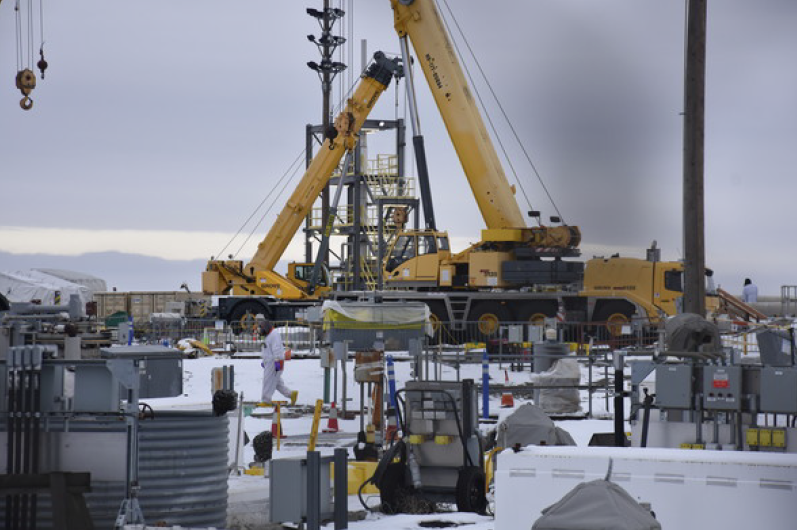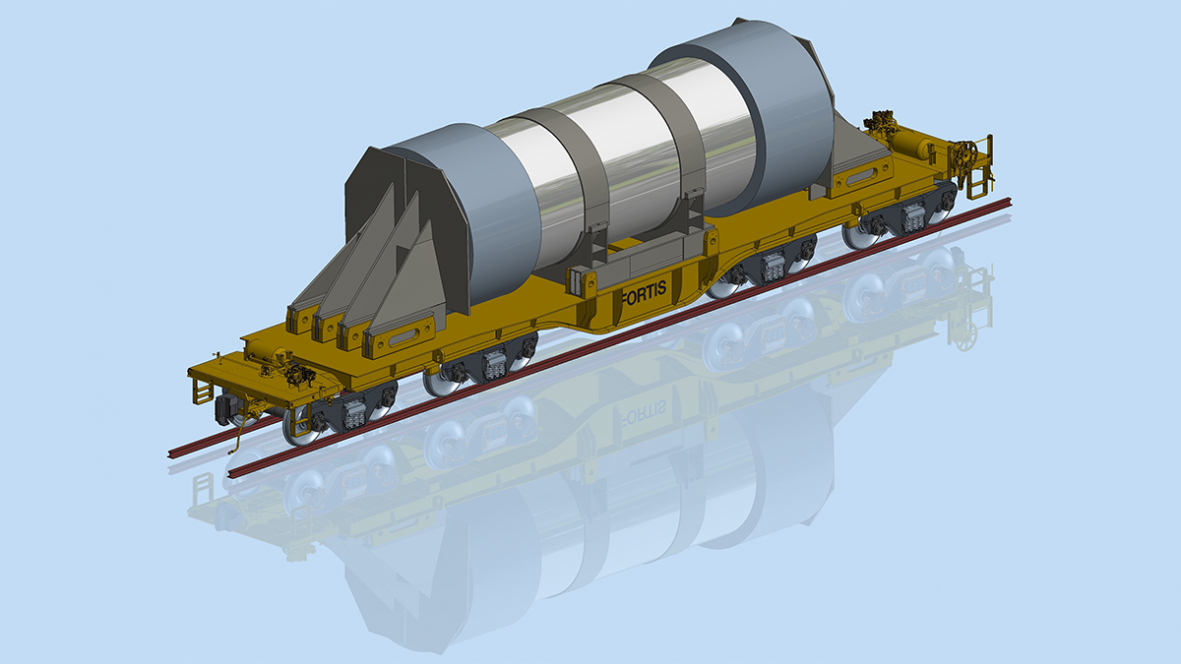Holtec loads its 1,500th spent fuel canister at Callaway

Holtec’s 1,500th canister is positioned for placement into the HI-STORM UMAX system at Ameren Missouri’s Callaway Energy Center. Photo: Holtec
Holtec International said that it successfully loaded its 1,500th spent fuel canister last week as part of the ongoing dry storage campaign at Ameren Missouri’s Callaway Energy Center. Holtec’s HI-STORM UMAX subterranean dry storage system has been in service at Callaway since 2015. The MPC-37 multipurpose canister is used to place 37 pressurized water reactor spent fuel assemblies into each HI-STORM UMAX vertical ventilated module.
“There has been a strong collaboration between our teams, and I truly appreciate the strong focus on doing the work safely, correctly, and to the highest standards of excellence,” said Fadi Diya, senior vice president and chief nuclear officer of Ameren Missouri, in a March 17 announcement.
“Just as we shared the milestone in 2015 of deploying the world’s first subterranean dry storage system under a general license, we are proud to share this milestone with Ameren,” said Pierre Oneid, Holtec’s senior vice president and chief nuclear officer.







 The Environmental Protection Agency has awarded three contracts for cleanup efforts at more than 50 abandoned uranium mine sites in and around the Navajo Nation in the southwestern United States. The Navaho Area Abandoned Mine Remedial Construction and Services Contracts, worth up to $220 million over the next five years, were awarded to the Red Rock Remediation Joint Venture, Environmental Quality Management, and Arrowhead Contracting, the agency announced on February 11.
The Environmental Protection Agency has awarded three contracts for cleanup efforts at more than 50 abandoned uranium mine sites in and around the Navajo Nation in the southwestern United States. The Navaho Area Abandoned Mine Remedial Construction and Services Contracts, worth up to $220 million over the next five years, were awarded to the Red Rock Remediation Joint Venture, Environmental Quality Management, and Arrowhead Contracting, the agency announced on February 11.

 A new report out of Columbia University’s Center on Global Energy Policy (CGEP) offers a number of recommendations for improving the management of spent nuclear fuel and high-level radioactive waste in the United States.
A new report out of Columbia University’s Center on Global Energy Policy (CGEP) offers a number of recommendations for improving the management of spent nuclear fuel and high-level radioactive waste in the United States.